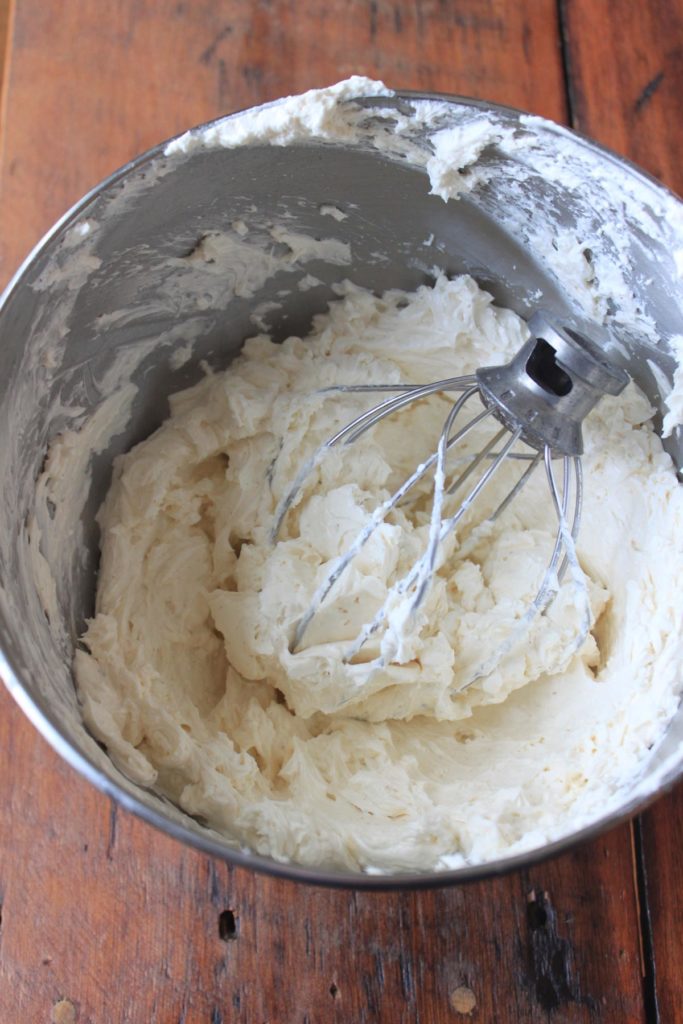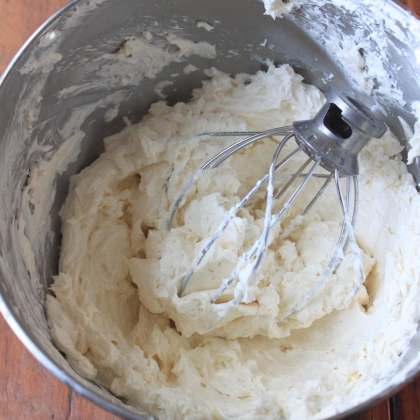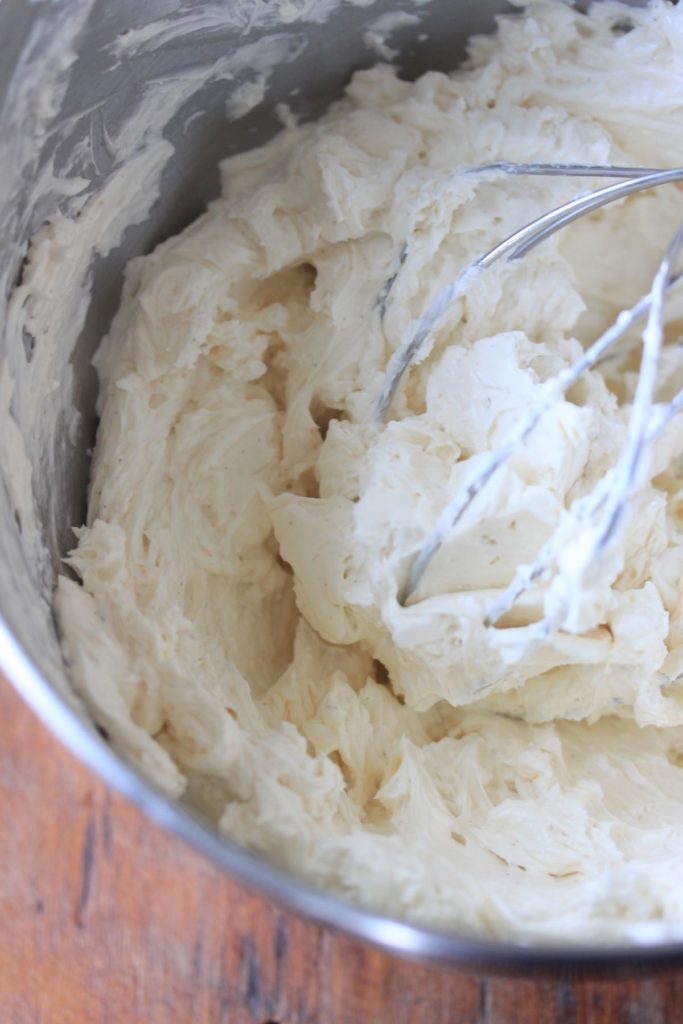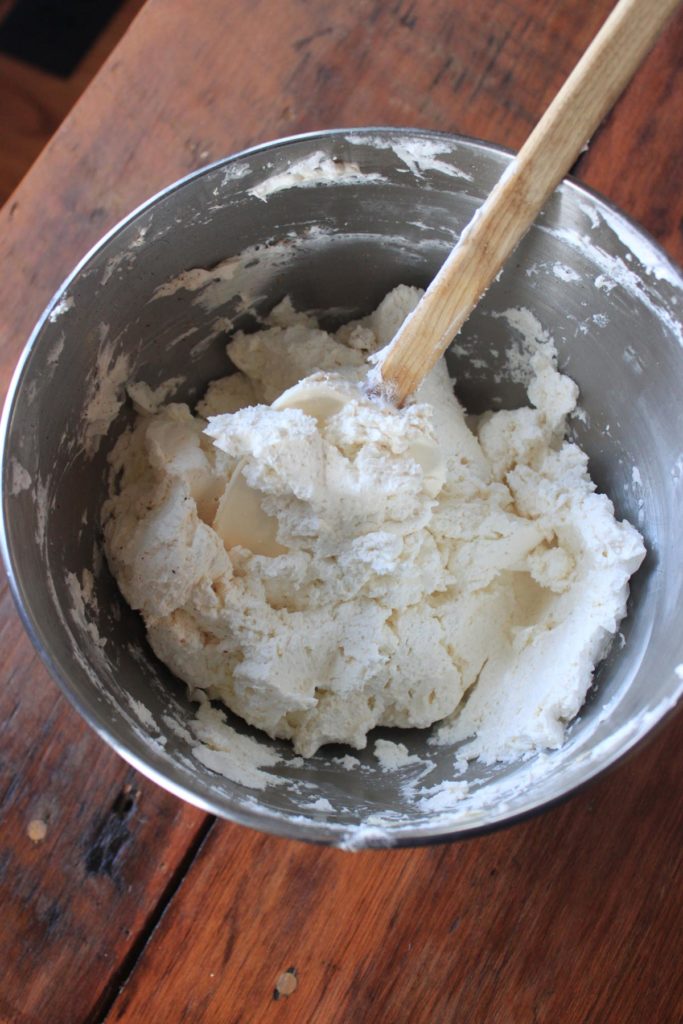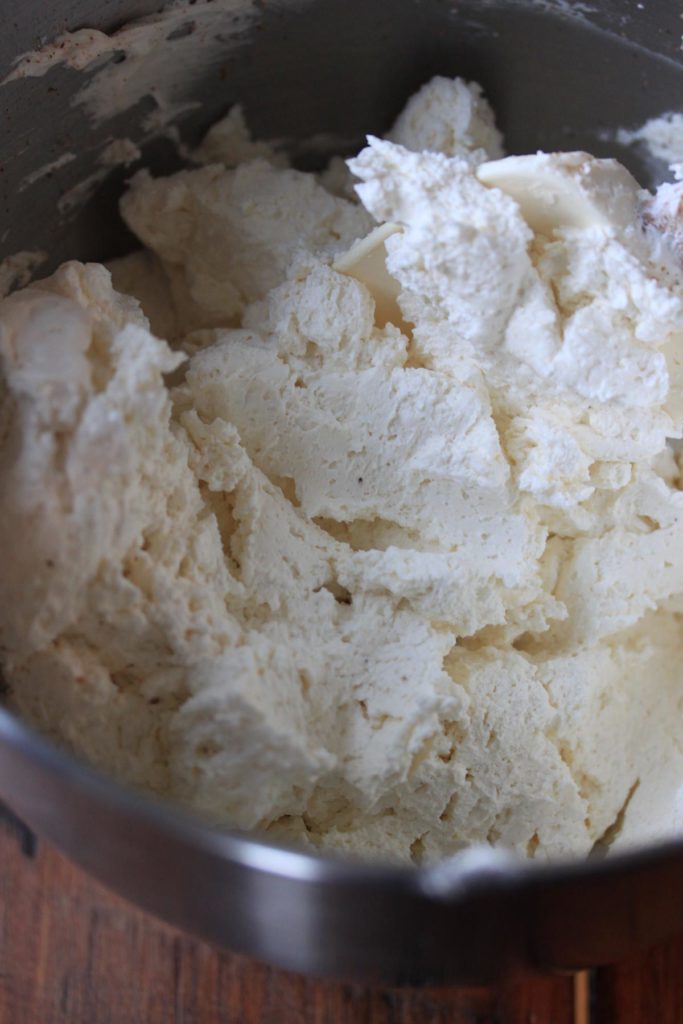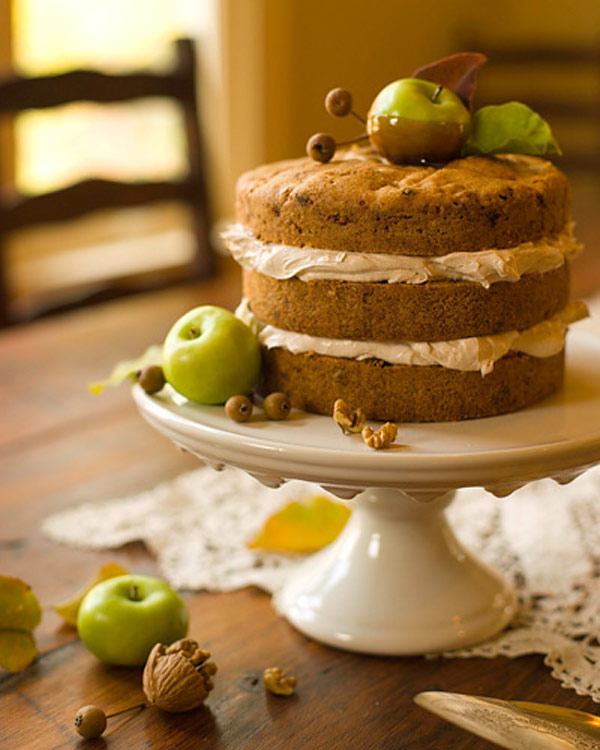Super creamy and not cloyingly sweet (like its American counterpart), this Italian Buttercream lets flavor shine over sugar, and is the best icing I’ve found for smoothly icing cakes. Don’t miss my ever-growing list of flavor variations at the end of the recipe, or the video version in the “Also See” links!
Yield: About 2 pounds, enough to ice the top and sides of a 9-inch-diameter (4-inch-tall) cake
Prep Talk: The icing can be made a few days ahead (or even frozen up to a month) but it will become much harder in the refrigerator (or freezer), since it’s made with 100-percent butter and no shortening or other fat substitutes. Once it’s been chilled, you must restore it to proper icing consistency before you can easily use it. A too-cold icing looks porous and clumpy (second and third photos) and is tough to apply evenly. Typically, I turn the icing into a big bowl, or onto a parchment-paper lined cookie sheet, so it’s not too deep, and let it sit until it returns to room temperature. Then I re-beat it in my electric mixer until slick and smooth (first and fourth photos). Sometimes I accelerate this process by setting the icing bowl (metal, of course!) over very low heat and whisking the icing as it slowly melts on the bottom. (Take care not to melt the icing too much, or it will lose its fluffiness.) Since a relatively long beating time is required for this recipe, it truly helps to use a more powerful stand mixer, rather than a hand-held one.
Additional flavorings to taste (Be sure to generously flavor the icing; otherwise, it can come across as just buttery. For ideas, see my flavor variations at the end.) Some Flavor Variations. I’m always adding ideas here, so stay tuned! Eggnog: At the end, add another 1 teaspoon vanilla extract (to total 2 teaspoons), along with 2 to 3 tablespoons bourbon (to taste), and 1 1/2 teaspoons freshly grated nutmeg. (I steer clear of already ground nutmeg; I find it is often bitter.) Chocolate-Rum: Along with the 1 teaspoon vanilla extract called for above, add 2 tablespoons melted (but cooled) premium semisweet chocolate, and 2 tablespoons rum. The result is a light brown icing, not one that is super fudgy - but it’s yummy nevertheless!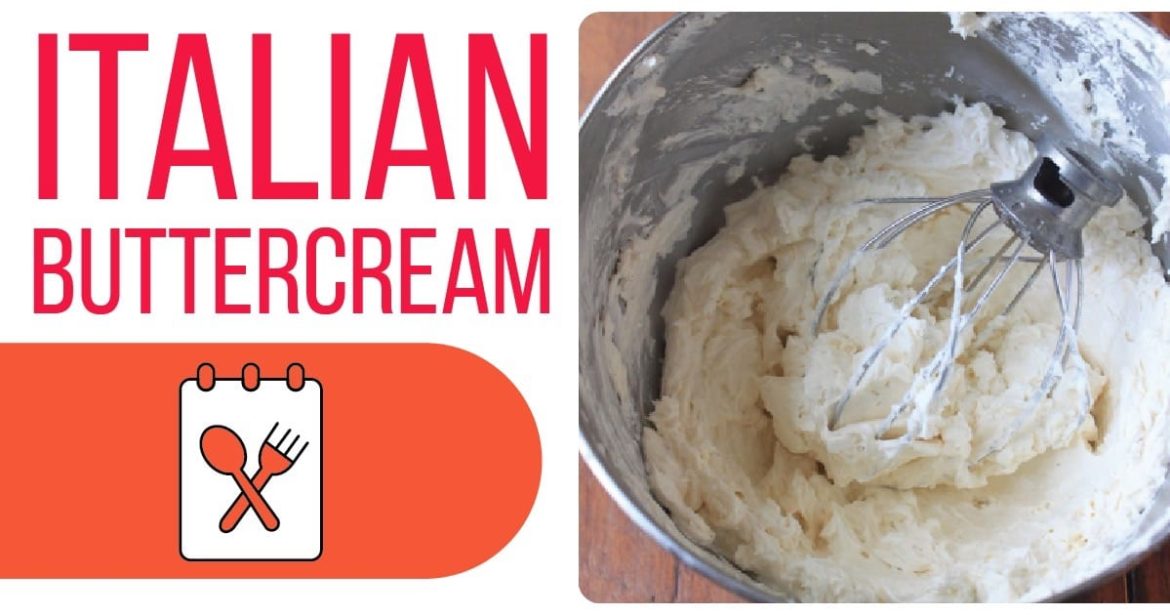
Ingredients
Instructions

